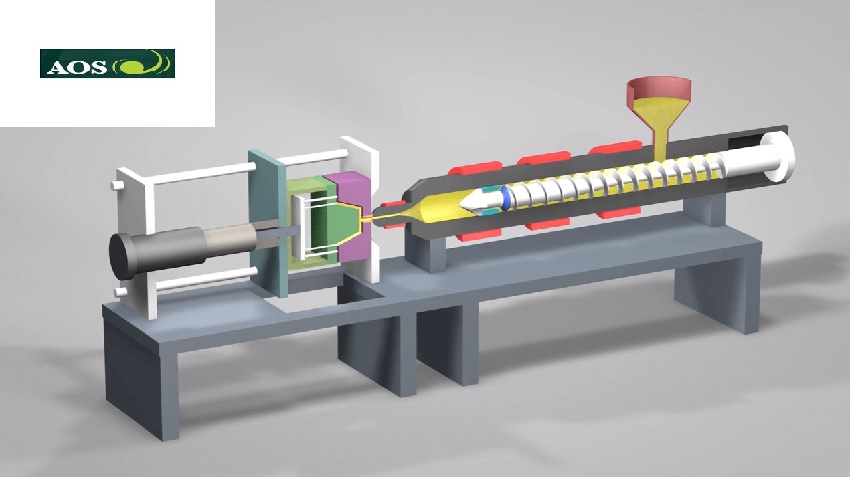Today, one of the most common molding methods is the injection process. It's a process that gives identical plastic products in high volumes. Looking around you, you will see dozens of injection-molded products. Since its such a widely used manufacturing process, it has advantages and disadvantages. Therefore, just like other processes, you must understand the specific restrictions for you to have a chance of enjoying its benefits.
Here are some of the benefits and comebacks of injection molding;
Advantages;
It's compatible with a wide range of materials and colors
Since they are 25,000 materials that can undergo the injection process, there are many options. One can select the materials that best fit their need. For instance, you can select materials with the right chemical, physical and mechanical properties. You can also mix the materials to produce parts with strength or stiffness.
When it comes to colors, there are a variety of options. You can use masterbatches, salt, pepper blends, and pre-colored resins to get the desired color.
Low cost per part
Although the initial cost of injection molding is high, the after-cost per part is low. Other molding processes may require multiple processes even after the high initial cost. But with injection molding, processes required cost low, making it a cost-effective process.
Fast
Since it's a cycle process, each cycle can take 10 seconds. With a multi-impression molding tool, you can get many products very quickly. Although there is a part that will take longer for the materials to be molded correctly, it's still fast. Consistency
Unlike other production processes, injection molding is second to none regarding consistency. Every product produced is replicated on every cycle, making it a huge benefit due to mass production. Whether your design is complex or not, the parts produced will be uniform if the injection molding tooling is done correctly.
Less waste
Injection molding is environmentally friendly, making it convenient for brands. In addition, the process produces very little excess waste, which can be recycled and reused.
Low labor costs
Injection molding is an automated process, where most of it is done by machines and robotics. Only one employee is needed to control and manage. Therefore, one gets to reduce manufacturing costs and overheads at a significant rate.
Disadvantages
Start-up costs are high
Custom tooling must be made for every injection molded part. This makes the start-up costs high, making it uneconomical for industries producing low volumes. Although some of the molds can be reused repeatedly, it's important to consider the cost upfront.
Part design restrictions
Injection molding has some part design restrictions. Some design changes may be necessary to make or even decide on a different manufacturing technique. You will need to start the process from scratch, making it very expensive. This also means pouring more time and savings into this project. For you to avoid such costly design changes, ensure that wall thicknesses are uniform. If you need guidance, contact a manufacturing partner who can offer assistance.
Not economical for low volumes
Since the tool development and lead time are very high, injection molding is not recommended for commercial injection.
Whether or not you need injection molding depends on many factors. This includes size quantities, budget, material, and design considerations.


No comments yet